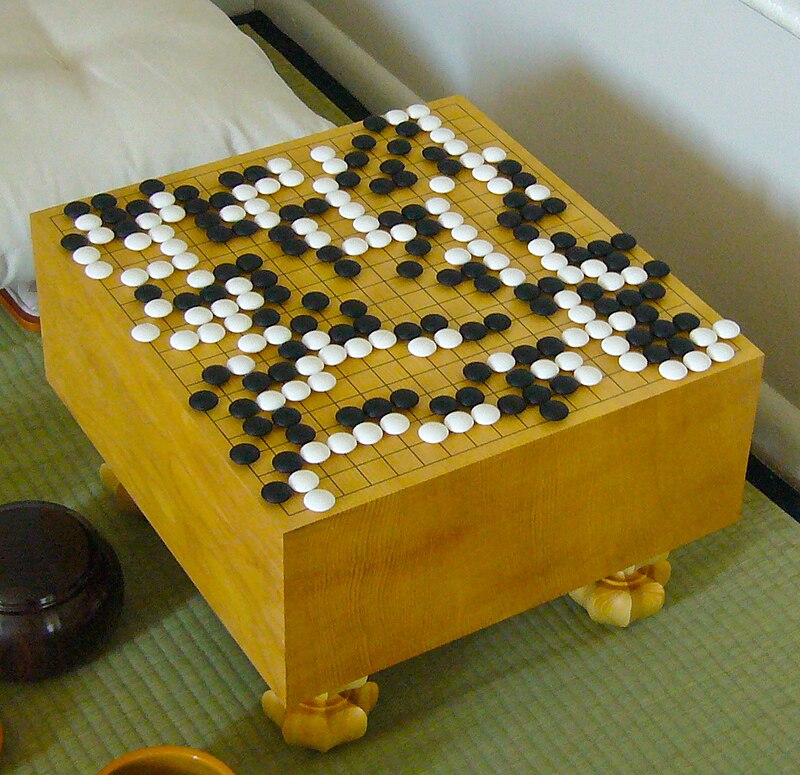Go’s strategic possibilities seem infinite. Its tactical constructs deal with immediate fighting between stones, capturing, saving or losing groups of stones, and other issues localized to a specific part of the board.
Unlike chess, where positions can often be evaluated relatively easily, such as by counting liberties, a position in Go may not have clear winners or losers. This makes evaluating Go positions more difficult.
It’s Free
The game’s complexity and sheer scope is staggering. It’s the sort of thing that even expert players are constantly learning new things about for a lifetime.
The best way to learn is by playing against other players around the world with PandaNet (free). There are also a lot of great apps that let you practice and study, including SmartGo Player, Igowin Pro and SmartGo Kifu ($20).
For beginners, there are a few different ways to learn Go: you can start with one of the basic capturing games, which are played on 9×9 boards instead of the full 19×19 game; or try out the intermediary step of Go on a 13×13 board. Then you can move up to the full 19×19 game, or just learn by doing problems. There are a few free problems apps to try, like Go Problems and Black to Play, as well as more comprehensive collections available as in-app purchases, such as Sensei’s Library, Josekipedia and Tsumego-Hero.
If you want to get serious about studying the game, you’ll want one of these apps that can simulate professional games. SmartGo Kifu is the most complete of these, and you can buy packs of professionally-created problems or studies of the greatest Go players of all time. In addition, this app can help you learn the language of Go with a rudimentary dictionary, as well as give you access to the vast archive of professional games, dating back 2500 years.
It’s Convenient
Go is an adversarial board game in which players position stones to map out formations and potential territories. The objective is to surround a greater total area of the board with one’s stones than the opponent. The game is non-chance, combinatorial, and possesses perfect information—players know every legal move in advance, including their own.
Like any abstract strategy game, Go requires a lot of memorization. However, instructors discourage beginners from learning the specialized opening patterns (called joseki) until they become much stronger. The game also demands a large amount of reading ahead—imagining a possible response, considering how to respond to that, and so on. This process, which can last for several moves in a row, is one of the keys to success.
As a result, it takes a while for beginners to get comfortable with Go. But once they do, the scope of strategies is staggering. The complexity of the game allows for a wide range of different plans to be successful, and there’s always a new challenge ahead. This, in turn, creates a very high skill ceiling. Some games that seem easy on their face eventually grow stale, but Go still has secrets enough to surprise people ten years later. This is a testament to its design. And it’s something that makes the game more than just a fun way to kill time.
It’s Safe
There are plenty of games that ask a lot and give a little back, but Go gives a lot in return. This game isn’t for everyone and requires a certain kind of mental commitment that other games simply don’t offer. But if you like the halfway endless strategic possibilities that this game has to offer, you’ll love it.
The rules of Go are incredibly elegant. Each player places a stone of their color on the intersections of a 19 by 19 board, and once placed a stone cannot be moved. The object of the game is to surround a larger total area of the board with your own stones than your opponent. Capturing a group of your opponents stones will cause it to die and be removed from the board.
While the game has some specialized terminology, such as joseki (tactics used during the opening phase of a game), it can be understood by any reasonably intelligent person. However, it is still a complex game that requires a significant amount of memorization.
One of the most unique aspects of this game is that it allows a weaker player to play an even match with a stronger opponent. This is done by assigning a handicap of one stone per difference in rank. This makes it possible for a 10 kyu player to play an even game with a 1 kyu player. This also helps to ensure that beginners are not overwhelmed by a massive learning curve.
It’s Easy to Use
There are games that ask a lot of their players and give little back, but Go is not one of them. It does require a great deal of mental effort, especially in the beginning, but it’s not without its rewards.
Go has a very small number of rules, and it has what feels like an unlimited number of strategy options. This is partly due to the way that it is played. Players can play a peaceful game that lasts the whole game, fight for territory along the edges of the board by building long lines of stones (called influence or thickness) or try to capture their opponents’ stones.
It also helps that the rules are very easy to understand, even for a beginner. Unlike chess, there is only a single rule about where you can’t place your stone and a single exception to that rule (the dreaded ko). There are only two questions beginners get stumped on: when does the game end and what are dead and live groups?
The large number of possible moves in a ply (player turn) is another reason that Go is so difficult for computers to master. It requires an exhaustive computer program to calculate and compare every possible legal move for each ply, which is much harder than calculating a handful of possible legal moves in chess.

